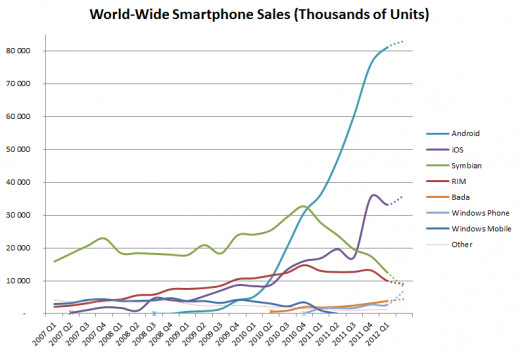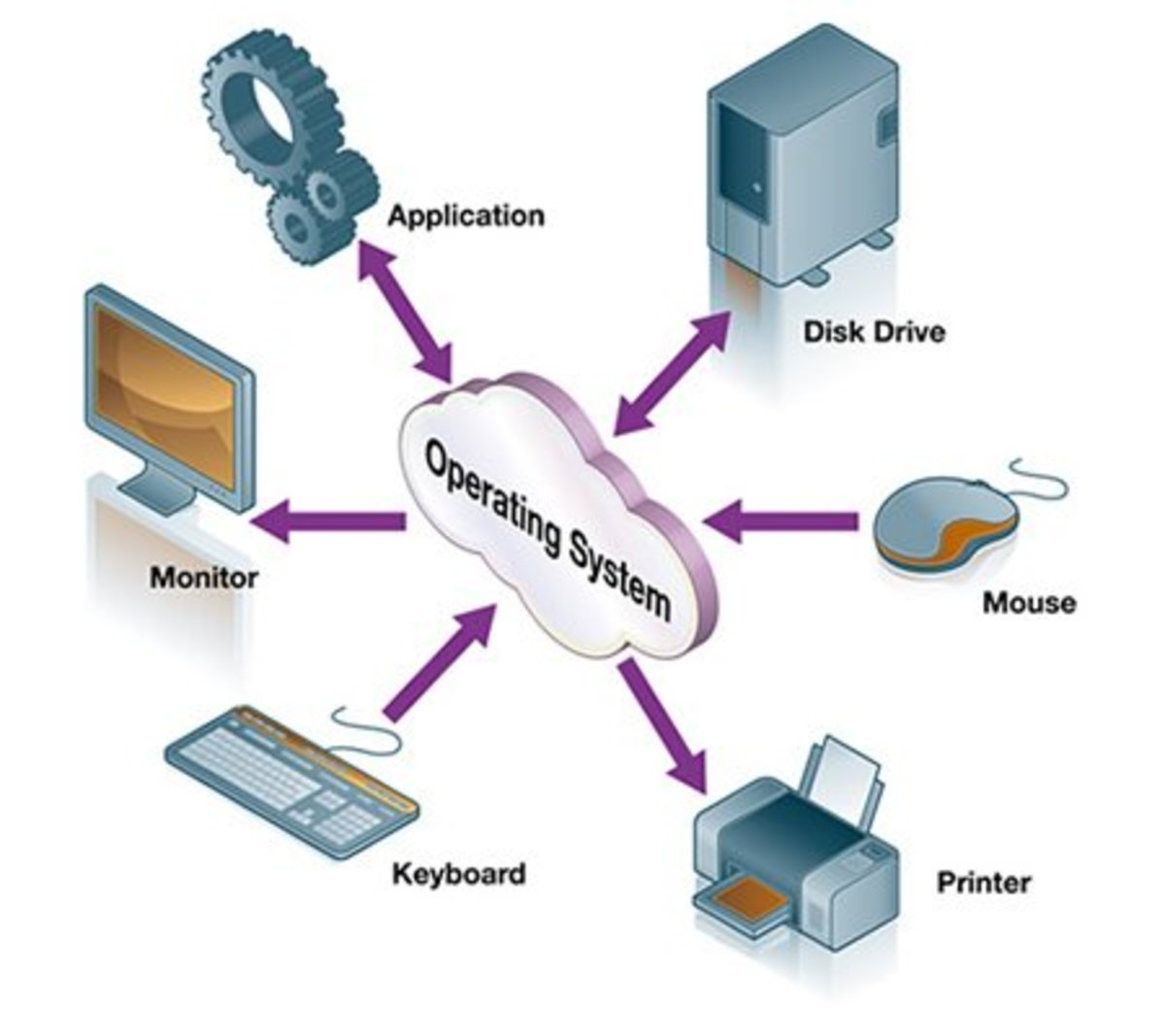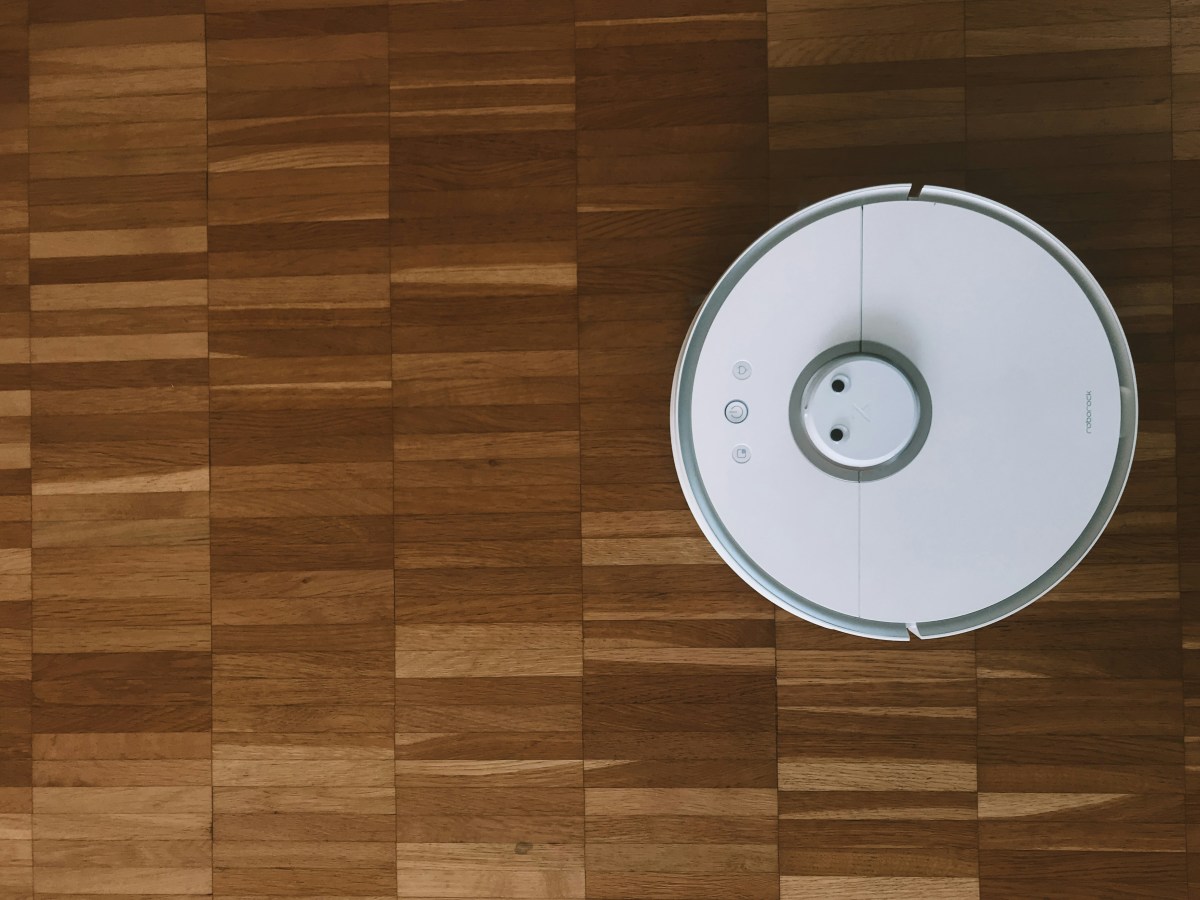Android and the Open Source Revolution
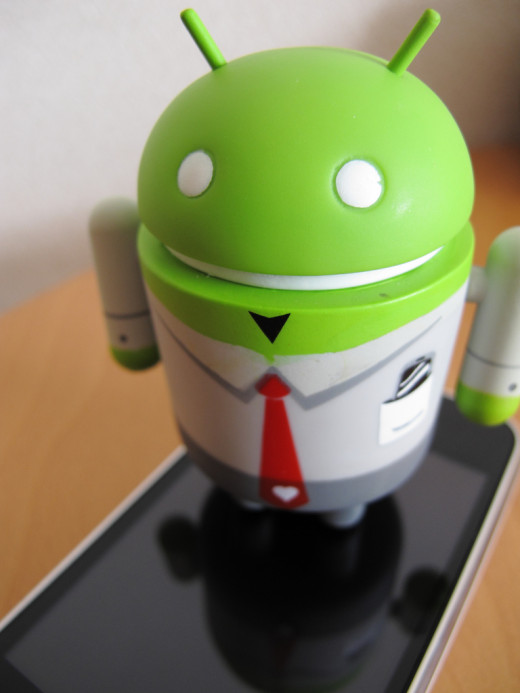
The Open Future
Android has been steadily gaining market share ever since it was first released. One of the biggest reasons for this popularity is the fact that Android is open source. Open source means that the source code is free to be used by anyone. It also means code is shared within the community for the benefit of everyone. Android is more than just an operating system. It is a community of device manufacturers, software developers--both private and volunteer, and end users all working together to create something bigger than themselves. This community even includes big names like Google, Samsung, and HTC.
Android is for Everyone
Google, Samsung, and HTC are constantly releasing their source code "into the wild" which allows developers, both private and volunteer, to work on improving Android. Android also shares code with Linux which is the original source of Android. Since both Android and Linux are open source, code is shared both upstream and downstream. Android benefits from Linux development and Linux benefits from Android development. These relationships work because Android is open source which means that anybody is free to use the code as they see fit. That is why you see Android devices manufactured by Samsung, Amazon, Google, Sony, HTC, Motorola, LG, Huawei, Dell, Toshiba, Acer, and Asus just to name a few. There are thousands of different Android devices, with dozens of different manufacturers and carriers supporting Android. However, tech giants like Google, Samsung, and HTC aren't the only ones contributing to Android.
AOSP 3D Gallery
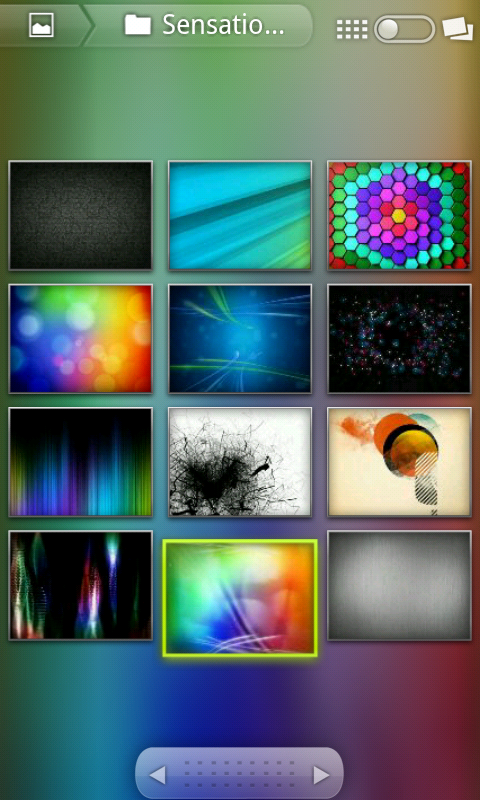
Socially Built Operating System
Communities of developers such as the Android Open Source Project (AOSP), CyanogenMod, XDA, and MIUI also contribute source to Android. The AOSP version of Android is built and maintained by the community. It is sort of a "socially" built operating system. Many of the features of Android that you see on your smartphone came from AOSP like the dialer and the text message app. Another great example is the the 3D Gallery that runs on some of the Samsung phones. Development also works in the other direction.
The release of source code by Google, HTC, and Samsung also allows the development community to transfer Androids latest features to some of its older phones. An example of this can be seen where people are running the new "Touchwiz Nature UX" from the Samsung Galaxy SIII on the Galaxy SII. This is the power of open source.
Samsung Galaxy SIII "Touchwiz UX" running on the Galaxy SII
Critics of Open Source
Android is not without critics. Competitors like Apple and their supporters have criticize Android for being unpolished, fragmented, and for a lack of support. Critics say that Apple iOS is better because it "just works". Android is often portrayed as experimental and broken. Another criticism is that Android is not unified and that too many devices are running different version of Android. There is also criticism aimed at manufacturers and carriers for not providing enough support and updates. Many of these criticism are not unwarranted. Even the biggest supporters of Android like Google admit to the problem of fragmentation. So how does fragmentation start?
Specifications
| Samsung Galaxy SIII (SHV-E210K/L/S)
| Apple iPhone 4S
|
|---|---|---|
Processor
| Quad-core 1.4 GHz Samsung Exynos
| Dual-core 1.0 GHz Apple A5
|
RAM
| 2 GB
| 512 MB
|
Storage
| 16 GB / 32 GB / 64 GB
| 16 GB / 32 GB / 64 GB
|
Network
| LTE 100 Mbits/s
| HSPA+ 14.4, CDMA / EDVO Rev. A
|
Display Size
| 4.8"
| 3.5"
|
Pixel Per Inch
| 306
| 326
|
Display Resolution
| 1280 x 720
| 960 x 640
|
Primary Camera
| 8 Megapixel
| 8 Megapixel
|
Secondary Camera
| 1.9 Megapixel
| VGA (less than 1 Megapixel)
|
Battery
| 2,100 mAh removable
| 1,420 mAh fixed
|
Weight
| 133 grams
| 140 grams
|
Dimensions
| 136.6 × 70.6 × 9 mm
| 115.2 x 58.6 x 9.3mm
|
Comparison of Samsung Galaxy SIII vs iPhone 4s
A Soft Problem and A Hard Problem
Android's problems stem from their rapid development cycle. As Google releases source code too fast different developers are able to keep up at varying rates. This leads to fragmentation as some developers stay up to date with Google's release cycle and some fall behind. In turn, fragmentation puts added strain on development teams as they struggle to provide support for different versions of Android simultaneously. As development teams fall behind it becomes difficult for them to release updates since they are also trying to maintain older versions of Android at the same time. Google is addressing this problem by shifting their development focus.
Starting with Android 4.1 Jellybean, Google is slowing the release cycle of new Android versions to about one release per year. This will allow handset developers like HTC to catch up to the current version of Android. Reducing the number of releases will also allow both the Google developers and the rest of the community to shift the focus from developing new versions to stabilizing the current version. This developmental shift should also make it easier for manufacturers and carriers to provide updates as well technical support. As mentioned above most of Androids problems are software and this can all be fixed with development--through the release of updates and patches.
The problems that Apple have are hardware problems. They release phones that are technologically inferior. There are Android phones with quad-core 1.5 GHz processors. The iPhone 4S only has a dual-core 1 GHz processor. If you have an iPhone 4S then there is nothing you can do to solve this problem since there is nothing to upgrade to. There are Android phones that have 4G LTE modems. The iPhone 4S does not. There are many Android phones with a 4.3 inch screen while the iPhone 4S has a 3.5 inch screen. The best Android phone have 2 GB of RAM yet the iPhone 4S only has a quarter of that. The iPhone 4S does not have a removable battery nor does it have a micro SD card slot. Almost all of the Android phones have both. Apple's "The New iPad" has a dual-core 1 GHz processor and cost between $500 and $700 while Google's Nexus 7 has a quad-core 1.5 GHz processor and cost $199. The fact that Apple's hardware is substandard is a problem that cannot be fixed unless you switch to Android or wait another year for the next iteration of the iPhone or iPad. The only problem with waiting is that these devices are likely to be technologically obsolete on launch day just like its predecessors.
Android vs Apple
Android represents a change in the way people will relate to the operating system on their devices. People will become both consumer and producers of the operating system. Android is built by a community that includes handset developers, software developers, and the open source community. Android is the more inclusive operating system. Android includes the richest companies in the world like Google and Amazon as well as volunteers who do it for fun and want nothing more than a donation to their beer fund.
Android is the opposite of Apple. Where Android is open and inclusive, Apple is elitist and exclusive. Where Android develops and shares with everyone, Apple develops and sues everyone. Where Android is community developed and open, Apple iOS is internally developed, proprietary, and closed.
It will be difficult for Apple to compete against the rest world. They are only one company competing against an alliance of the worlds largest technology companies as well as the smartest and brightest minds of the open source community. The irony of this is the Android open source community includes people who are the original developers of Linux. Linux is the same source that Apple is building upon, yet they took that source closed it and are now selling it. This is not just a battle of Apple versus Android--it is a battle of competing philosophies. This is a battle between market or private driven software development versus open or community driven software development.
Google I/O 2012
Do You Think Android is the Future of Gadgets?
To answer the original question posted by vinner, "Do you think Android is the future of gadgets?"
Android is the now of gadgets.
The data shows this to be true. There are more Android users than there are iOS users and this has been true for a while now. Everyday over a million Android devices are activated and today there are over 400 million activated Android devices world-wide. There is also no indication in the data that this trend is going to change. Android is built for the future both in its philosophy and in its hardware. Android software was founded on the principle of openess which allows the software to grow and evolve to fits the needs of the users. This idea is reflected in its hardware as well. The latest Android devices are built with hardware that are powerful enough to run tomorrow's software. You can see in the first video a Samsung Galaxy SII running software from the new Galaxy SIII.
The Now of Android
